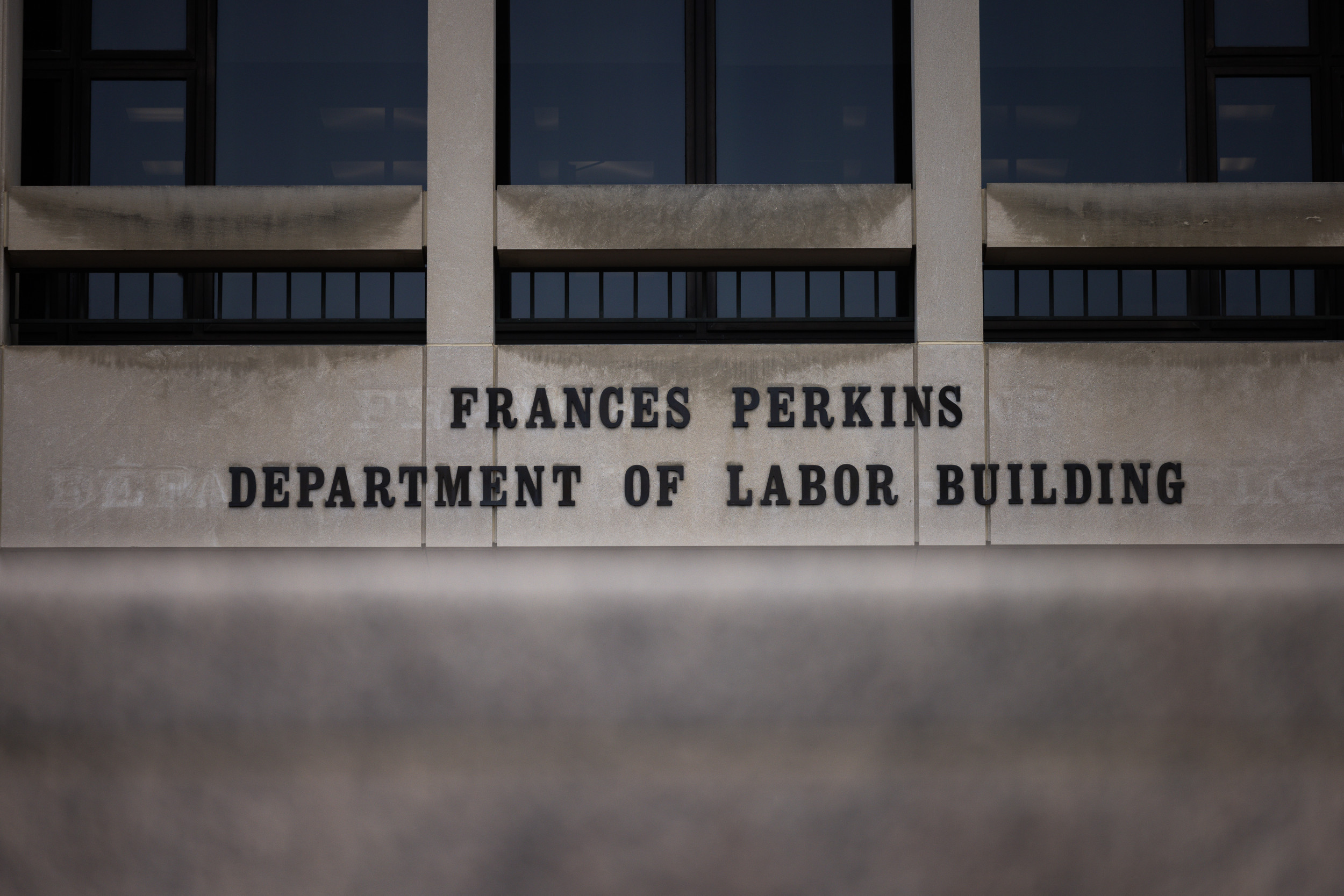America sees rise in people quitting their jobs

The United States saw an uptick in people quitting their jobs from September to October, according to new data from the U.S. Bureau of Labor Statistics.
The quit rate grew from 1.9 to 2.1 percent between September and October. This was significantly higher than the percentage of Americans being laid off, which was just 1 percent across all industries according to the Bureau of Labor Statistics in October.
According to Alex Beene, the latest round of employees quitting mirrors the trends experienced over the past year.
“Since the pandemic, we’ve had many workers in roles that have seen additional responsibilities added to their workload, either due to other employees leaving or being laid off or more demand for goods and services their business provides,” Beene told Newsweek.
“We’ve also witnessed more job hopping, as a plentiful labor market in many sectors makes it easier to find another opportunity quickly. All of these elements make for a perfect situation for quitting to escalate month-to-month, and it’s unlikely we’ll see much change to these rates until new job openings start to decrease.”
Tierney L. Cross/Getty Images
The resignations were not consistent across all industries, however. Accommodation and food services saw a 90,000 job opening increase, with private education and health services also expanding by 47,000.
“Having observed labor market cycles for decades, I see these trends as a double-edged sword,” Michael Ryan, a finance expert and the founder of michaelryanmoney.com, told Newsweek. “Rising quit rates can stimulate productivity by allowing workers to find more suitable roles. Simultaneously, persistent turnover strains businesses—particularly smaller enterprises—by increasing recruitment costs and disrupting operations.”
There were also some geographic differences. The West saw 213,000 more quits, while the Midwest saw an increase of 94,000. The Northeast and South, on the other hand, saw drops in resignations.
Still, HR Bryan Driscoll said on a large scale, workers are rethinking their relationships with work, a trend that also started around the pandemic in 2020.
“People have realized they deserve better than a lousy paycheck and an employer who sees them as disposable,” Driscoll told Newsweek. “Many workers simply can’t afford to go without a paycheck, leaving them in crappy roles, which is absolutely a type of prison and a benefit to companies. Plenty of workers can afford to walk away, too, a privileged place to be.”
Many workers take their time, building an income of their own or holding out for a new job that will pay higher or offer more flexibility.
On the other hand, layoffs, while increasing, are still at historic lows, Driscoll said.
“That shows who’s holding the cards, revealing a labor market that’s giving workers more say, more room to maneuver, at least for the moment,” Driscoll said.
Jennifer Lee Magas, a communications professor at Nova Southeastern, echoed this sentiment.
“Employees have realized they want more than just a paycheck; they want purpose, flexibility, and work-life balance,” Magas told Newsweek. “In a tight labor market, workers know they hold the upper hand, and they’re not afraid to walk away if their needs aren’t met.”
Kevin Thompson, a finance expert and the founder and CEO of 9i Capital Group, said quit rates tend to rise during the end of the year, especially in the hospitality and professional business sectors.
“Factors such as fiscal year-end adjustments and a common desire for a fresh start in January drive many individuals to seek new employment opportunities,” Thompson told Newsweek. “Additionally, people are looking for higher-paying jobs or more hours to help cover holiday shopping expenses, which could be contributing to higher quit rates in lower-paying industries.”
In 2025, employers should expect more workers to leave if they don’t provide quality pay, flexible hours and work-life balance, he added. But Trump’s new administration could alter these trends.
“We have a new administration coming in, one that loudly prefers tipping the scales in favor of corporations,” Driscoll said. “If we see the new administration roll back worker protections making it tougher to jump ship, these recent trends could stall or even reverse. Some companies may even be holding off on big changes, hoping a friendlier White House will tilt the scale back in their favor.”
While there will likely be a substantial increase in resignations in 2025, Integrity Resource Management President and Founder Keith Sims said there will also be a boost in hiring.
“During 2024 companies were not making investments in growth and slow rolling expenditures on planned upgrades due the unstable geopolitical circumstances,” Sims told Newsweek.
“As companies feel more confident with their ability to predict the market, they will move their projects forward. As employees see this transition in the company mindset, they will be more apt to put their hat in the ring for external roles.”
Related
A top recruiter says sports marketing roles are hot right…
Jobs are opening up in the sports industry as teams expand and money flows into the industry.Excel Search &
Public employees and the private job market: Where will fired…
Fired federal workers are looking at what their futures hold. One question that's come up: Can they find similar salaries and benefits in the private sector?
Mortgage and refinance rates today, March 8, 2025: Rates fall…
After two days of increases, mortgage rates are back down again today. According to Zillow, the average 30-year fixed rate has decreased by four basis points t
U.S. economy adds jobs as federal layoffs and rising unemployment…
Julia Coronado: I think it's too early to say that the U.S. is heading to a recession. Certainly, we have seen the U.S. just continue t










